Table of Contents
ToggleEmbrace Your Journey: Babywearing That Celebrates Every Beautiful Body
Have you ever felt that perfect moment of connection when your little one falls asleep against your chest, their tiny breaths synchronizing with yours? Maybe you’ve also felt that not-so-perfect moment when your back screams in protest, your shoulders ache, and you wonder if babywearing is really meant for someone with your body type.
I’m here to tell you something I wish someone had told me sooner: babywearing isn’t just for the Instagram-perfect parents with seemingly ideal bodies. It’s for every body. Every beautiful, strong, different, miraculous body that brought a child into this world or welcomed one into their arms.
I remember struggling with my first carrier after my son was born. It was a hand-me-down from a well-meaning friend, but it might as well have been an instrument of torture for my plus-size postpartum body. I nearly gave up entirely, thinking maybe my frame wasn’t meant for this beautiful bonding experience I’d dreamed about.
But here’s what changed everything for me: I stopped trying to make my body fit the carrier and started looking for carriers that would fit my body. And that simple shift – that powerful reframing – opened up a world of possibility not just for babywearing, but for how I approached parenthood itself.
Because when you embrace who you are rather than chasing who you think you should be, that’s when the magic happens. That’s when you find the solutions that work for YOU. That’s when you become unstoppable in your parenting journey.
So let me take you on a journey through babywearing that celebrates every body – your body, with all its unique contours, strengths, and needs. Because when you find your perfect carrier match, you’re not just carrying your baby – you’re carrying them with confidence, joy, and the deep knowledge that you are exactly the parent your little one needs.
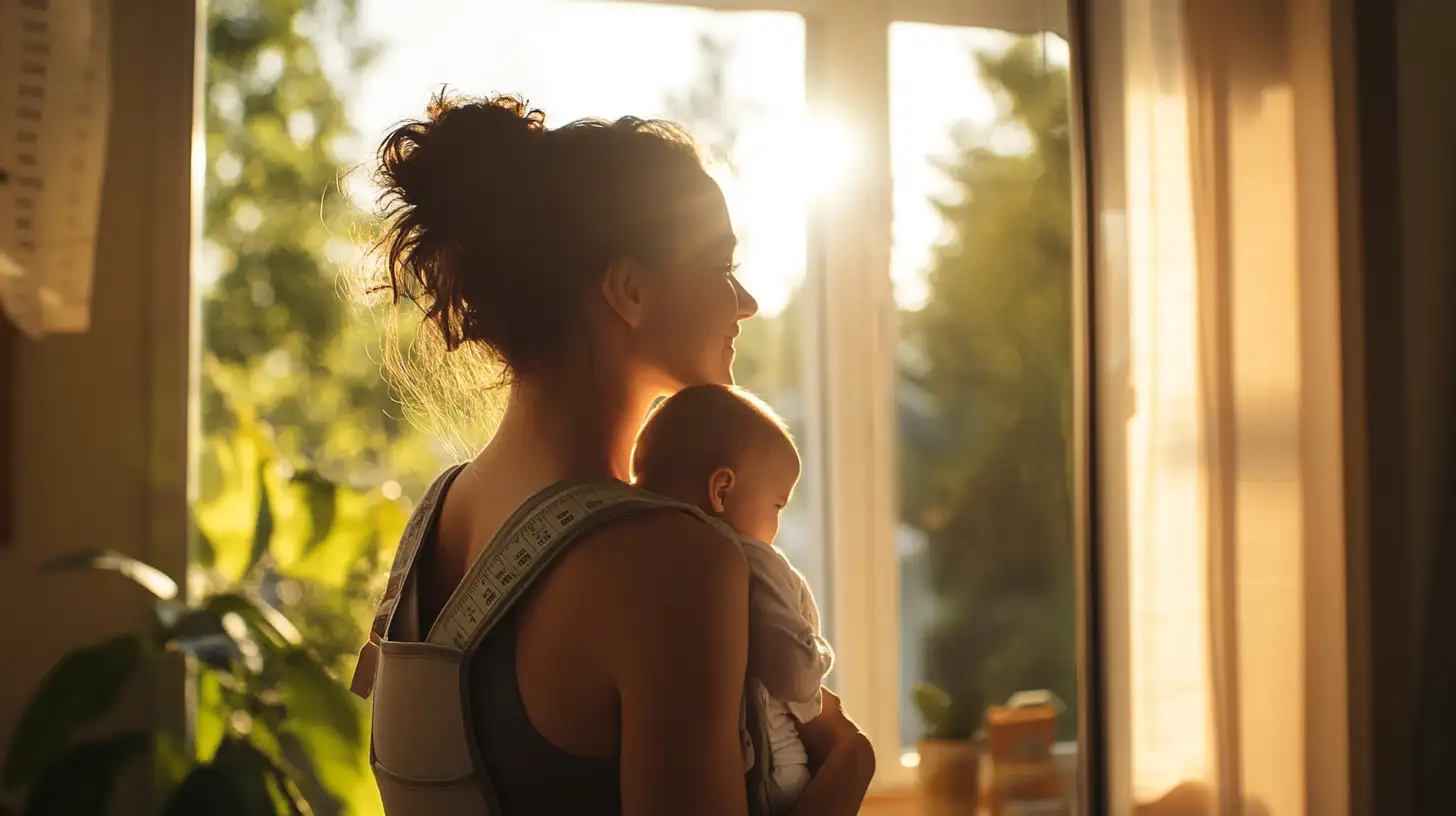
Understanding Your Beautiful Body: The Foundation of Carrier Comfort
The secret to successful babywearing isn’t found in following trends or buying the most expensive carrier. It begins with honoring and understanding your own body.
Let’s be real – your body might have changed during pregnancy and postpartum. Maybe you’ve always been plus-size, or perhaps you’re petite and worry about being overwhelmed by bulky carriers. You might have broad shoulders or narrow hips, long torso or short torso, physical disabilities or chronic pain conditions.
All of these beautiful variations matter when choosing your carrier. But here’s what’s powerful – instead of seeing your body as a limitation, see it as your guide. Your body isn’t wrong; it’s giving you valuable information about what will work for you.
My grandmother in Trinidad used to say, Listen to your body; it speaks wisdom. When I finally stopped forcing myself into carriers that weren’t designed for my curves and started listening to where the discomfort was coming from, everything changed.
Take a moment now to consider your unique body landscape:
- Where do you typically carry tension? (Shoulders, lower back, hips?)
- What parts of your body feel strongest?
- Do you have any specific pain points or mobility considerations?
- What’s your torso length like? (Sit straight on a chair and measure from your waistband to your collarbone)
- What areas would you like to have additional support when carrying your baby?
I used to think my wide hips and soft postpartum belly were obstacles to comfortable babywearing. But I was wrong. Once I found carriers with adjustable waistbands and extender panels, these features of my body actually helped create a secure shelf for my baby to sit on!
Your body – exactly as it is right now – has everything it needs to carry your baby comfortably. Our task isn’t to change your body; it’s to find the carrier that celebrates it.
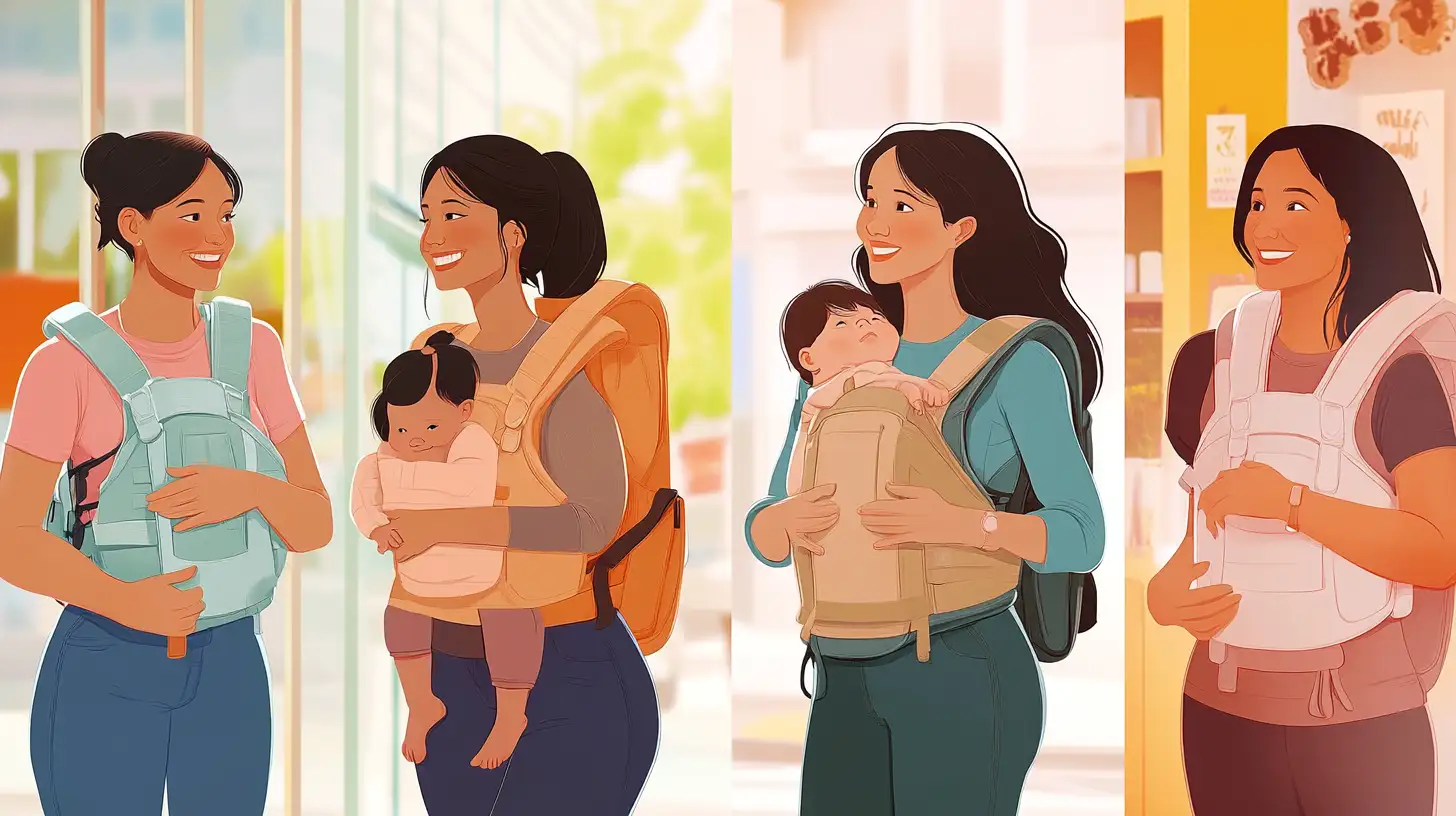
Finding Your Perfect Match: Carriers for Every Body Type
The babywearing world can feel overwhelming with options, but I’m going to break it down by body type and specific needs. Remember, this isn’t about putting you in a box – it’s about finding your starting point.
For plus-size bodies (like mine!), look for carriers with these features:
- Waistbands with generous adjustment ranges (some extend to 55+ inches)
- Buckle extenders (game-changers for many carriers)
- Carriers that advertise being plus-size friendly
- Two-shoulder support systems to distribute weight
- Structured carriers with proper lumbar support
For petite frames, consider:
- Carriers specifically designed for smaller bodies (some start at 23-inch waists)
- Adjustable panels that can be cinched for a custom fit
- Carriers that offer petite-friendly strap adjustments
- Simple wraps that don’t overwhelm your frame
For broad shoulders or large chests:
- H-strap or X-back carriers that don’t cut across sensitive areas
- Onbuhimo or high-back carriers that distribute weight differently
- Carriers with multiple adjustment points around the chest/shoulder area
For those with limited mobility or chronic pain:
- Front-buckle carriers that don’t require reaching behind your back
- Carriers with simple, one-handed buckles
- Options with excellent lumbar support
- Carriers that allow seated putting-on
I remember meeting a mother at a babywearing meetup who had cerebral palsy. She taught me that babywearing wasn’t about following a set of rigid rules but about creative problem-solving. She used a half-buckle carrier with magnetic clasps that revolutionized her babywearing experience.
My island cousin uses a simple length of fabric in the traditional Caribbean tump line style, supporting her baby with just the perfect distribution of weight across her forehead and back – a technique passed down through generations that works beautifully for her body type.
The perfect carrier for you exists. I promise. And if the standard options don’t work? There are small businesses creating custom carriers for bodies of all types. You deserve that perfect fit.
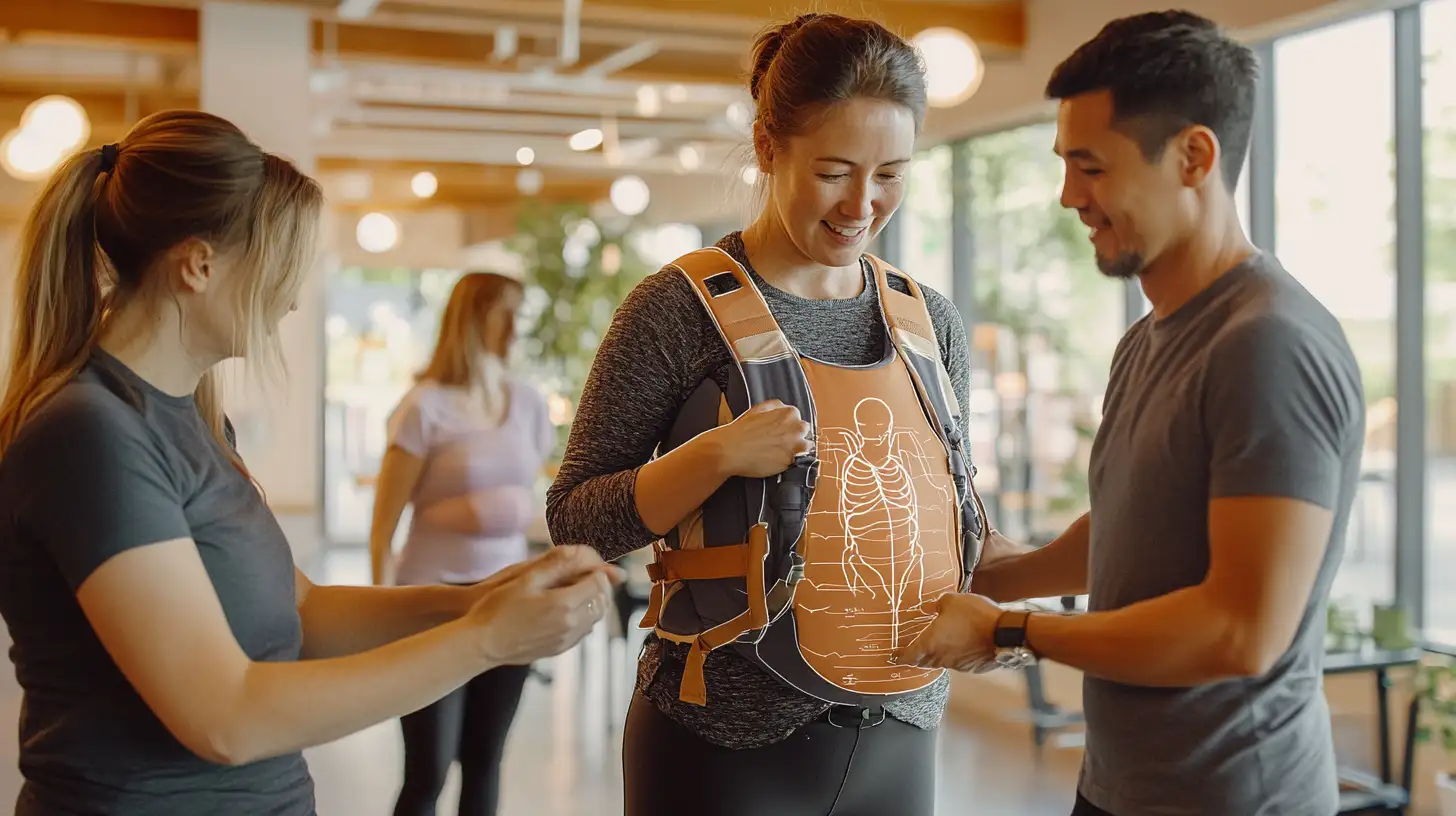
The Art of Adjustment: Making Any Carrier Work Better for Your Body
Finding the right carrier is just the beginning. The magic happens in the adjustments – those small tweaks that transform an uncomfortable contraption into an extension of your own body.
Think of carrier adjustment as an art form. My babywearing educator had a saying: Your carrier should feel like your favorite pair of jeans – supportive in all the right places, with room to breathe where you need it.
Let me share my top adjustment techniques that transformed my own babywearing experience:
- The Pelvic Tuck: Before tightening any straps, tilt your pelvis slightly forward (think: tuck your tailbone under). This engages your core and creates a stable foundation for the carrier.
- The Waistband Sweet Spot: Experiment with different waistband positions. For some bodies, wearing it higher (just under the bust) works better; for others, lower on the hips provides more support.
- The Shoulder Roll: After putting on your carrier, roll your shoulders back and down before final tightening. This proper alignment prevents that familiar upper back strain.
- The 5-Minute Rule: After wearing for 5 minutes, reassess and readjust. Your carrier will settle with your movement, and this quick check can prevent hours of discomfort.
For my plus-size friends, here’s a game-changing tip: use a mirror for waistband placement. Ensuring it sits parallel to the ground (not riding up in back or front) can instantly improve weight distribution.
If you’re working with a wrap or ring sling, the seat you create for baby is crucial. I learned from a Caribbean elder to think of it like creating a hammock – secure and supportive, with fabric spread wide across baby’s bottom and knees higher than their bottom.
These adjustments aren’t just about comfort – they’re about longevity. When I finally learned proper adjustment techniques, I went from 15 minutes of comfortable carrying to 2+ hours, transforming my daily walks with baby from an exercise in endurance to a joy-filled bonding experience. Sometimes the standard advice doesn’t quite address your specific needs. That’s when we turn to creative problem-solving and community wisdom. Here are some unconventional solutions that have helped parents with unique body considerations: I met a father at a babywearing workshop who had a prosthetic arm. The standard instructions weren’t working for him, so together with an educator, they developed a modified technique using a ring sling that he could adjust one-handed with confidence. My cousin who carries her traditional Caribbean build (what we lovingly call plenty backside) found that standard carrier waistbands would ride up uncomfortably. Her solution was brilliant – she sewed simple silicone strips (like those found in strapless bras) to the inside of her carrier waistband, which kept everything securely in place. I’ve seen parents with larger bellies use belly support bands in conjunction with their carriers to distribute weight more comfortably. Others with back issues find that wearing their babies slightly higher and tighter to their center of gravity makes all the difference. Remember, there are no babywearing police! The best technique is the one that works safely for your unique body. Don’t be afraid to experiment, seek help from certified babywearing consultants, and listen to your body’s feedback. One truth about parenthood – and about bodies – is that change is constant. Your postpartum body will evolve. Your baby will grow. The carrier that worked perfectly at 2 months might need adjustments at 6 months. This isn’t a sign of failure; it’s an opportunity to honor your journey together. My son gained weight quickly, and suddenly my comfortable front carry became a strain on my shoulders. I felt defeated until an elder mother at my local market, arranging her grandmother-aged baby on her back with effortless grace, taught me a back carry technique that redistributed the weight perfectly for my changing body. Our ancestors carried babies into adulthood when needed, she told me. The secret is changing how you carry as you both grow. Here’s how to adapt your babywearing as your bodies change: I found that certain carries that strained my back early postpartum became comfortable as my core strength returned. The key was patience with both my body and my expectations. Sometimes adapting means investing in a new carrier type altogether. My structured carrier worked beautifully for my newborn, but as my toddler grew more active, a simple onbuhimo for quick up-and-down carries proved invaluable. In Caribbean tradition, we’ve always seen babywearing as an evolving conversation between parent and child. As your little one grows from newborn to active baby to curious toddler, your carrying style adapts accordingly. Their growing independence doesn’t end the carrying journey – it just transforms it. At the end of the day, finding your perfect carrier is about more than physical fit. It’s about carrying your child with confidence, joy, and presence. Because here’s what I’ve learned after years of helping parents of all body types find their babywearing confidence: the most important element isn’t the carrier itself, but the love and intention you wrap around your little one. I remember watching a mother at a community gathering, wearing her baby in what looked like the most basic cotton wrap. Her body didn’t match any of the images I’d seen in babywearing books. And yet, there was a grace and confidence to her movements that made everyone around her take notice. When I complimented her technique, she smiled. The secret, she said, isn’t in having the perfect carrier. It’s in believing that your body, exactly as it is, was designed to hold this child. That wisdom changed everything for me. Your body – with all its unique contours, strengths, and beautiful variations – is already perfect for holding your baby. The carrier is just a tool to support what your body already knows how to do. So when you struggle with adjustments or feel frustrated with fit, remember that generations of parents with bodies of every imaginable shape have carried their babies successfully. Your body has this ancient wisdom too. Walk with confidence. Trust your instincts. Notice the incredible gift of having your child close to your heart, seeing the world from the security of your embrace. In the warm Caribbean afternoons of my childhood, I’d watch my aunt carrying my cousin while working in her garden, preparing meals, or walking to market. Her body moved with a confidence that came from knowing she was exactly where she needed to be, doing exactly what she was meant to do. That’s my wish for you – that beyond finding the perfect carrier for your body, you find that same deep confidence in your capacity to carry your child through this beautiful, challenging journey of parenthood. Because when you’ve given your best effort to find what works for you and your baby, you’ve already won. And so has your little one. Your body is enough. Your love is enough. You are everything your baby needs. Carry on, beautiful parent. Carry on.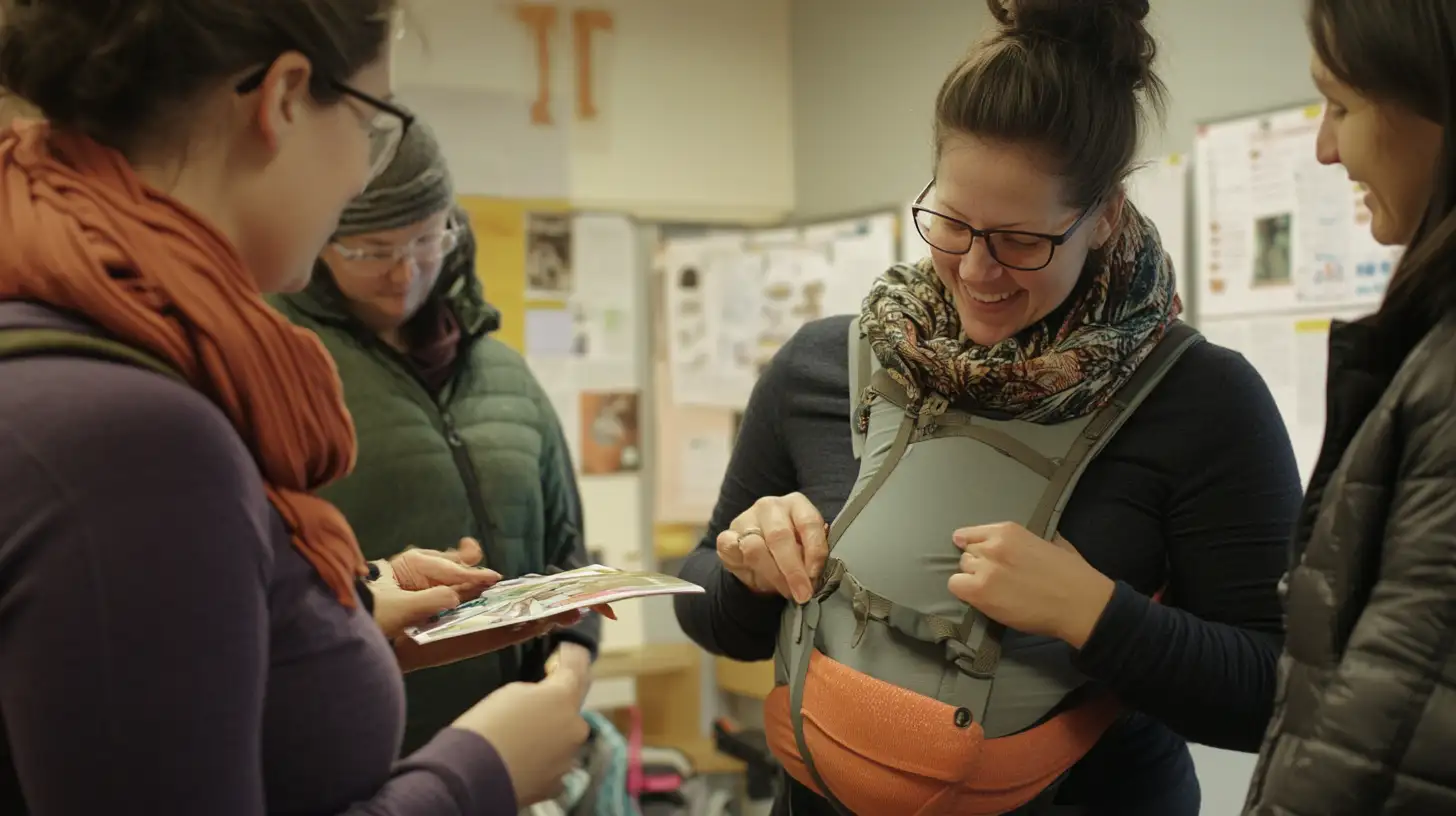
Beyond the Basics: Creative Solutions for Unique Bodies
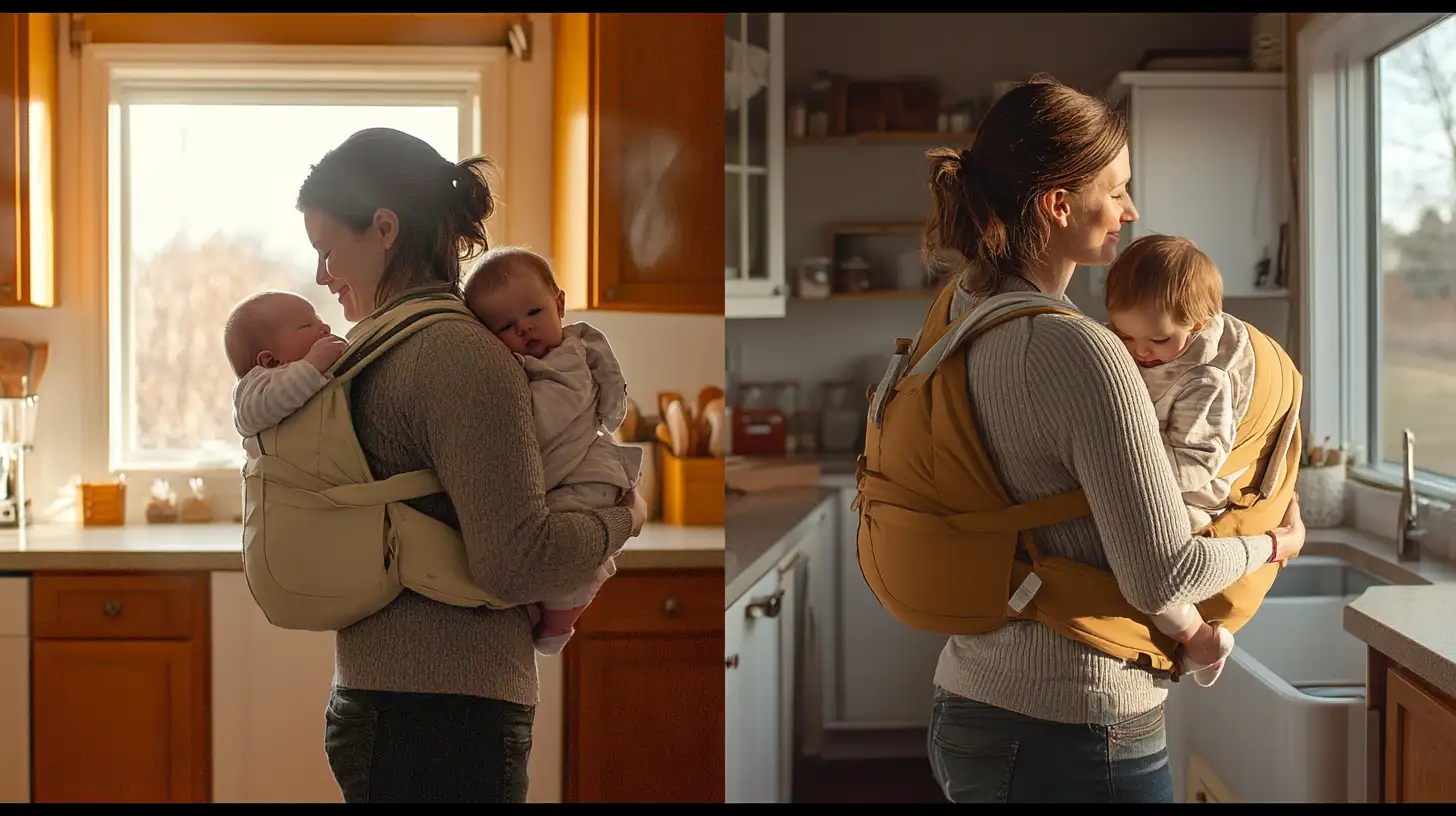
Growing Together: Adapting Your Babywearing As Bodies Change
The Heart of Carrying: Confidence Beyond the Perfect Fit
Step into Sue Brown's World of Baby Care, where you'll find a treasure trove of knowledge and wisdom waiting to be explored. Sue's dedication to providing accurate and up-to-date information on baby care shines through in every article, blog post, and resource she shares. From newborn essentials to sleep training tips, breastfeeding advice to nurturing your baby's development, Sue covers a wide range of topics that are essential for every parent to know. Her warm and compassionate approach creates a sense of community and reassurance, making her website a safe haven for parents seeking guidance and support. Let Sue Brown be your partner in this beautiful journey of parenthood, as she empowers you to create a loving, nurturing, and thriving environment for your little one.



